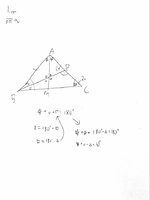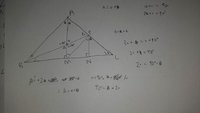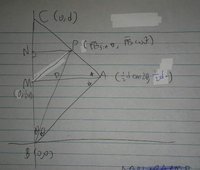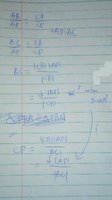Matthew Ko
New member
- Joined
- Aug 14, 2019
- Messages
- 22
Hi,
This question does have components of geometry but it's from my Calculus class, so I'm initially posting it here. I'm literally stuck with this question from the beginning and the textbook apparently has no answer keys for this particular question. The question and my attempted work are attached. Thank you for your time in reading this post and helping me.
This question does have components of geometry but it's from my Calculus class, so I'm initially posting it here. I'm literally stuck with this question from the beginning and the textbook apparently has no answer keys for this particular question. The question and my attempted work are attached. Thank you for your time in reading this post and helping me.






